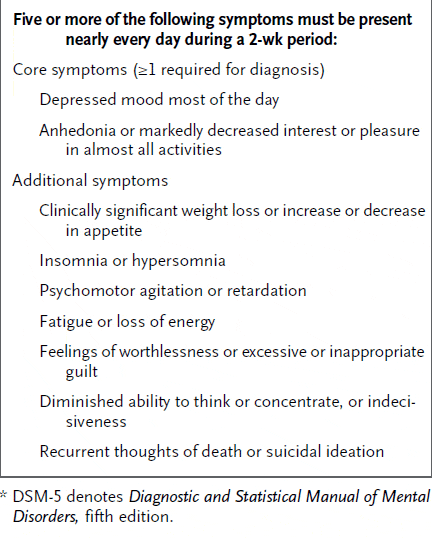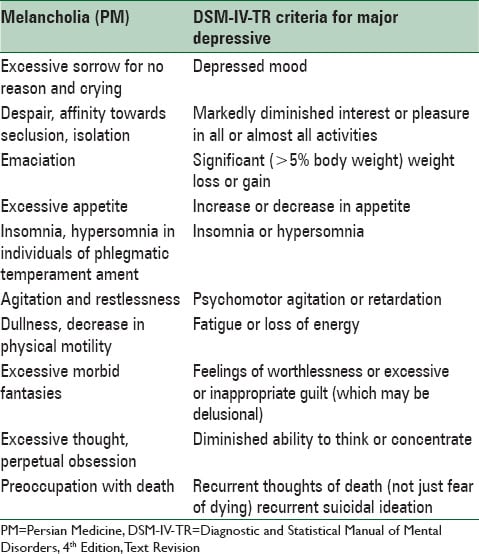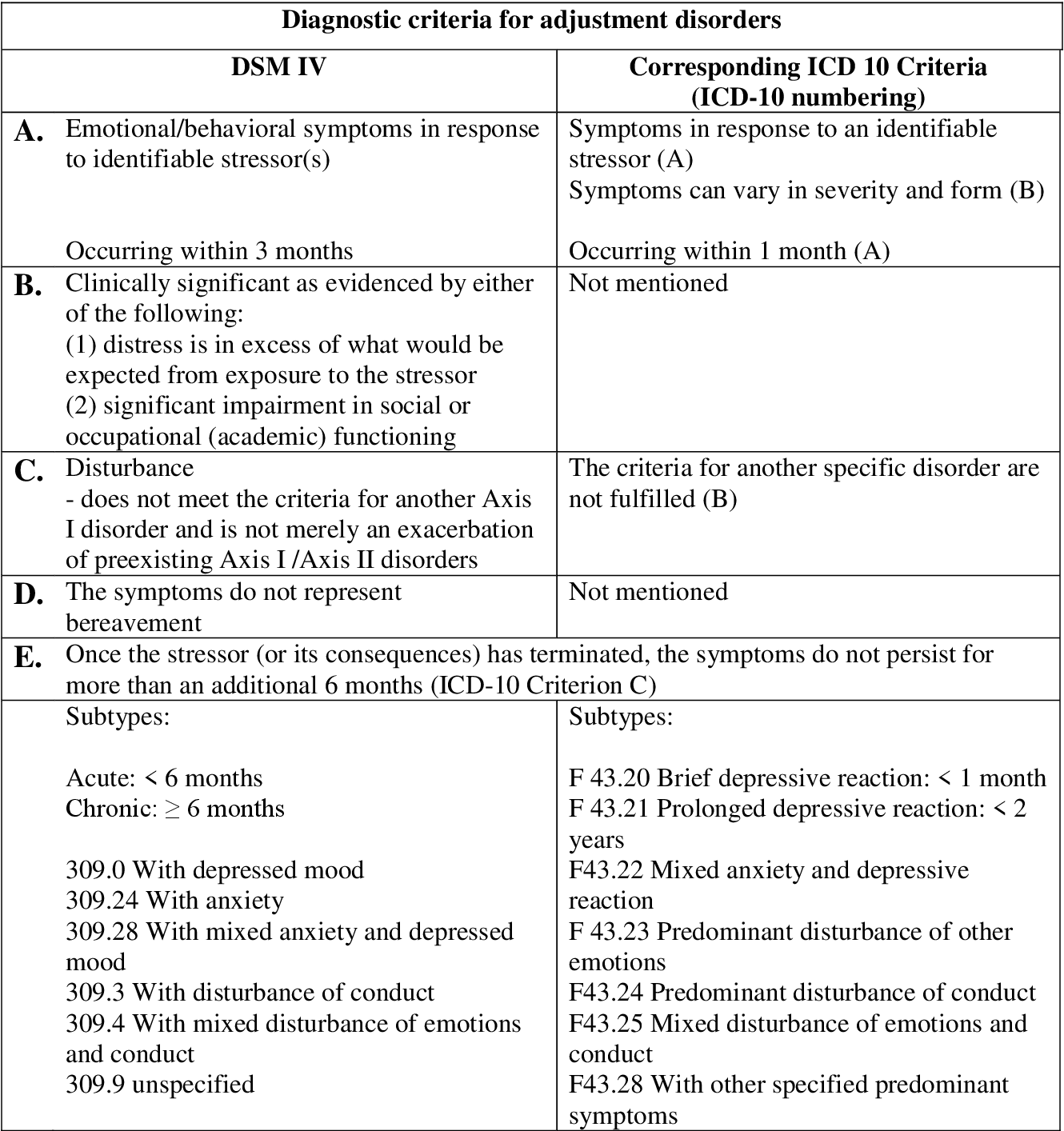What Is The Dsm
DSM-5 is a handbook that lists the criteria for assessing and diagnosing mental disorders. It includes descriptions, symptoms and further criteria that help accurately define and characterize mental disorders. It does not include treatment guidelines.
DSM-5 is the fifth and latest version of the Diagnostic and Statistical Manual of Mental Disorders, which was first published in 1952. The DSM-5 provides a much needed update to the classification system used for mental disorders and was published on May 18, 2013.
The American Psychiatric Association took almost a decade to prepare the DSM-5, which was a long process involving the input of more than 100 researchers and clinicians in the areas of mental disorders and related fields. This latest update to the DSM is expected to especially help people whose symptoms arent well defined and dont fit neatly with the old criteria outlined in the DSM IV, making it difficult for them to get a diagnosis and help. More accurate definitions of the various disorders are also expected to help researchers in their efforts to develop drug therapies and other interventions.
The DSM-5 is described as a companion publication to the World Health Organizations system for International Statistical Classification of Diseases and Related Health Problems .
Major Depressive Disorder Vs Depression
All of us feel sad sometimes. While we may casually use the term depressed to describe the moment when they are sad, there is a difference between sadness and depression. Someone with depression may feel sad, guilty, or hopeless, but not really understand whyand the feeling can linger for weeks or even months. If you are struggling with constant sadness or hopelessness, its important to understand what depression is, what causes it, and what you can do to manage it. Major Depressive Disorder or Clinical depression is the more severe form of depression. It isnt the same as depression caused by a loss, such as the death of a loved one, or a medical condition, such as a thyroid disorder.
Mental Health Intervention Paper
The sample studies showed 11% had minimal impairment, indicative of transient stress 51% had moderate impairment, indicative of prolonged stress 21% had severe impairment. There was significant psychopathology or distress and 18% had severe impairment. PTSD, MDD, GAD and PD were found and considered specific psychological problems
You May Like: How To Be A Good Mom With Depression
Depression In African America Essay
Mood disorders are among the most prevalent forms of mental illness. Severe forms of depression affect 2%5% of the U.S. population, and up to 20% of the population suffers from milder forms of the illness. Depression is almost twice more common in females than males. . Depression is often described as a stress-related disorder, and there is good evidence that episodes of depression often occur in the context of some form of stress.
Ellen Waters Case Study

After careful consideration of the information that has been presented for Ellen Waters, Ihave decided that she meets the criteria for Persistent Depressive Disorder Severe withatypical features: Early onset. I have come to this conclusion after considering the followinginformation. The synopsis states that Ellen has been referred for a medication consultation byher Psychotherapist whom she has been seeing for the last two years. Criteria A states that thedepressed mood has to be present for most of the day, for most days and that this depressionmust be indicated by subjective account or observed by others for at least two years.
Also Check: What To Do When You Think You Have Depression
What Is Major Depressive Disorder
Major depressive disorder is a serious mental illness that affects how people feel, think, and go about their everyday tasks. The condition can also impact a persons sleep habits, appetite, and ability to enjoy life.
Major depressive disorder isnt something that eventually passes.
While most people feel sad at times in their lives, major depression is when a person is in a depressed mood most of the day, nearly every day, for at least two weeks. Some people feel depressed without knowing why. The onset can happen at any age, but usually begins in adulthood. People may only have one depressive episode, but most have multiple episodes over time.
While the exact causes of major depression are unknown, some risk factors include a family history of depression and significant life events such as trauma, times of high stress, loss of a job or relationship, or the death of a loved one. People with a serious medical illness such as heart disease, cancer, diabetes, or Parkinsons disease, may be at an increased risk of developing major depression.
Life Expectancy And The Risk Of Suicide
Depressed individuals have a shorter life expectancy than those without depression, in part because people who are depressed are at risk of dying of suicide. Up to 60% of people who die of suicide have a mood disorder such as major depression, and the risk is especially high if a person has a marked sense of hopelessness or has both depression and borderline personality disorder. About 2â8% of adults with major depression die by suicide, and about 50% of people who die by suicide had depression or another mood disorder. The lifetime risk of suicide associated with a diagnosis of major depression in the US is estimated at 3.4%, which averages two highly disparate figures of almost 7% for men and 1% for women . The estimate is substantially lower than a previously accepted figure of 15%, which had been derived from older studies of people who were hospitalized.
Depressed people have a higher rate of dying from other causes. There is a 1.5- to 2-fold increased risk of cardiovascular disease, independent of other known risk factors, and is itself linked directly or indirectly to risk factors such as smoking and obesity. People with major depression are less likely to follow medical recommendations for treating and preventing cardiovascular disorders, further increasing their risk of medical complications.Cardiologists may not recognize underlying depression that complicates a cardiovascular problem under their care.
Read Also: Daughter Depressed How To Help
How Depression Is Diagnosed According To The Dsm
Steven Gans, MD is board-certified in psychiatry and is an active supervisor, teacher, and mentor at Massachusetts General Hospital.
The Diagnostic and Statistical Manual of Mental Disorders is a handbook that provides guidelines for clinicians who diagnose psychiatric illnesses. Each condition is categorized and given a clear set of criteria that must be met for a diagnosis to be made.
The latest edition, commonly known as the DSM-5, was released by the American Psychiatric Association on May 18, 2013. It replaced the DSM-IV, which had been in use since 1994.
As is the case with each new edition of the DSM, there were some changes made to the diagnostic criteria for certain disorders from the DSM-IV to DSM-5, including depression. Some disorders have been removed, while others have been modified or added.
The following is a look at how depression is diagnosed including an overview of the changes that came with the DSM-5 and what those changes mean for healthcare providers and patients.
Recurrent Major Depressive Disorder Icd
According to ICD-10: A recurrent major depressive disorder characterized by repeated episodes of depression as described for the depressive episode, without any history of independent episodes of mood elevation and increased energy . There may, however, be brief episodes of mild mood elevation and overactivity immediately after a depressive episode, sometimes precipitated by antidepressant treatment. The more severe forms of recurrent depressive disorder have much in common with earlier concepts such as manic-depressive depression, melancholia, vital depression, and endogenous depression. The first episode may occur at any age from childhood to old age, the onset may be either acute or insidious, and the duration varies from a few weeks to many months. The risk that a patient with the recurrent depressive disorder will have an episode of mania never disappears completely, however many depressive episodes have been experienced. If such an episode does occur, the diagnosis should be changed to bipolar affective disorder.
Recurrent Major Depressive Disorder ICD-10: Mild, Moderate, Severe, Psychotic.According to ICD-10:
Read Also: Latuda For Bipolar 2 Depression
Familial Social And Environmental Factors
Depression can be familial. Thus, a thorough family history is quite important. Familial, social, and environmental factors appear to play significant roles in the course of depressive illness in children and youths, even in preschool children. René Spitz described anaclitic depression in infants being raised in an orphanage and in hospitalized children whose parents were not allowed to visit.
Whats The Difference Between Depression And Persistent Depressive Disorder
Persistent depressive disorder is a type of depression. Its less severe than major depressive disorder another type but its ongoing. Its defined as lasting at least two years in adults and at least one year in children and teens. During this time, symptoms can’t be absent for more than two consecutive months to meet the criteria for PDD.
Recommended Reading: How Long Does Depression Medicine Take To Work
Where To Get Help
Lifeline network provides free and confidential support 24/7 for people in distress. Call 988, text 988 or chat with the Suicide & Crisis Lifeline from anywhere in the US.
If you’re helping support someone with depression or have been diagnosed with this medical condition yourself, read more about understanding and coping with depression and check out our tips for helping someone with this condition.
Screening Particularly In Patients At Risk

Major depression is a chronic illness of considerable morbidity, with high rates of relapse and recurrence however, many patients suffering from major depression do not seek help early. This could be due to various factors: lack of insight into their medical condition the stigma associated with the label of mental illness and financial factors. The SMHS found that the median time between the onset of illness and help-seeking was five years. Hence, viewing screening as the first step, followed by diagnosis, early treatment and follow-up, was shown to result in better outcomes.
Which patients are at greater risk of major depression?
Apart from the usual symptoms of major depression such as insomnia and low energy level, patients often present to primary care doctors with somatic symptoms. Physical symptoms associated with major depression include backaches, nonspecific musculoskeletal complaints, having multiple somatic complaints, and having vague complaints. Patients may experience deteriorating memory as well. A review has shown that major depression is associated with attention deficit and poor cognitive functioning, particularly when the patient is acutely depressed. The elderly, in particular, are less likely to report low mood, instead presenting with physical complaints and deterioration in cognitive ability.
Persons at risk of major depression include those with
How do I screen for major depression in primary care?
Read Also: How To Get Ssi For Depression
The Course Of Major Depression
When a person has experienced only one episode of depression, it is classified as Major Depression, Single Episode. When multiple Major Depressive Episodes occur in a row, and no manic or mixed episodes are observed, the diagnoses changes to Major Depression, Recurrent.
Untreated, a Major Depressive Episode may last, on average, about 4 months. Some people only experience a single depressive episode and thereafter are symptom free. However, many people who experience one major depressive episode will go on to experience multiple major depressive episodes. The more major depressive episodes an individual experiences, the more likely they are to develop future episodes. Approximately 60% of people with MDD who experience a single depressive episode go on to have a second episode, and about 70% are likely to experience a third episode. Similarly, having had three episodes increases the chances to about 90% that a fourth episode will occur.
The course of Major Depression, Recurrent varies across individuals. Some people have isolated depressive episodes that are separated by many years during which mood is normal, whereas other individuals experience clusters of major depressive episodes that occur closely together in time. Still other people with Major Depression experience increasingly frequent episodes as they grow older.
What Causes Persistent Depressive Disorder
Scientists dont fully understand what causes PDD. But it might be related to low levels of serotonin. Serotonin is a natural hormone that controls our emotions and feelings of well-being. It also influences other body functions.
PDD may get triggered by a traumatic event in life. Examples include losing a job, having a loved one die, experiencing a crime or going through a breakup.
You May Like: How To Not Stay Depressed
Deterrence And Patient Education
Patient education has a profound impact on the overall outcome of major depressive disorder. Since MDD is one of the most common psychiatric disorders causing disability worldwide and people in different parts of the world are hesitant to discuss and seek treatment for depression due to the stigma associated with mental illness, educating patients is very crucial for their better understanding of the mental illness and better compliance with the mental health treatment. Family education also plays an important role in the successful treatment of MDD.
How Does Binge Drinking Affect Teenagers
Alcohol affects reaction time, reasoning, judgement, coordination, self-control and impulse, resulting in decreased ability to resolve conflicts and increasing overall likelihood of violence occurrence. Consequently leading to brawls, fighting, unethical or aggressive behaviour and outbursts. Statistics present that 1,600 of the 5000 adolescent deaths resulting from binge drinking are homicides. Binge drinking is heavily associated with violence, linked with the adolescents individual temperament, inexperience, intake and unique drug effects. Economical and physical impacts can be deduced when approximately 10,000 adolescent admissions experienced forms of physical injury resulting from alcohol in 2008.
Read Also: Depression After Being Cheated On
How It All Fits Together
Getting a diagnosis of depression is a multi-step process that often begins when someone notices they do not feel quite like themselves. In some cases, a person’s friends and family may notice the subtle signs of depression first and encourage them to seek treatment.
While it’s vital to work with a qualified medical and mental health professionals who can diagnose and treat depression, you might find it helpful to use patient-friendly online screening tools or quizzes to help assess your symptoms. Having this information on hand when you go to your doctor might make it easier to talk about how you’re feeling.
Clinicians also use screening tools, questionnaires, and other tests to assess someone for depression. Many of these scales and checklists are similar, if not the same, as those patients can access online. What’s important to remember is that doctors and mental health professionals are specially trained to administer and interpret the results.
After evaluating someone’s symptoms and comparing them to the diagnostic criteria for major depression laid out by the DSM-5, a provider might decide a person needs additional testing to rule out other possible causes for their symptoms .
The updated DSM-5 introduced several subtle, but important, changes to the way doctors, mental health providers, and researchers approach depression.
Can I Prevent Persistent Depressive Disorder
Although you cant prevent depression, you can do some things to make it less severe:
- Eat a well-balanced diet of nutritious foods.
- Exercise several times a week.
- Limit alcohol and avoid recreational drugs.
- Taking prescribed medications correctly and discussing any potential side effects with your healthcare providers.
- Watch for any changes in PDD and talk to your healthcare provider about them.
Don’t Miss: Is Bipolar Disorder A Form Of Depression
Tests And Scales For Depression
Medical and mental health professionals use established, research-backed guidelines, screening tools, checklists, and other criteria to help them make a diagnosis of depression.
A provider can use these tools to guide them through observing and talking to a person who might be experiencing symptoms of depression. For example, taking note of whether a person is showered and appropriately dressed, the tone and speed of their speech, and other aspects of their appearance and demeanor can provide clues.
Asking direct questions about a person’s day-to-day life and their feelings can also provide valuable insight into the cause of a person’s depressive symptoms. In some cases, a person may have symptoms of depression but not have a major depressive disorder.
Providers also use these guidelines to go through a list of other possible causes for a person’s symptoms that might be easily overlooked. Certain medical conditions and medications can cause symptoms of depression that will generally improve once the underlying cause is addressed.
In these cases, the guidelines may suggest that a provider refers the person to a colleague for additional testing or examinations. For example, if a doctor thinks a person’s symptoms could be stemming from a brain lesion, they may want them to see a neurologist or have an MRI scan.
Moderately Depressed Group Vs Severely Depressed Group

Group means were found to be significantly different for depressed mood, loss of interest or pleasure , feelings of worthlessness/excessive guilt, and suicidality. The smallest Wilk’s was found for suicidality followed by anhedonia. The highest value was fatigue. The analysis of the standardized canonical coefficients indicated that suicidality was the most reliable variable for discriminating between the groups, followed by anhedonia. The smallest discriminant ability was found for fatigue. The pooled within-groups correlations identified the large correlations with the DF . The lowest was fatigue.
The following discriminant function was deduced from the analysis: DF = 3.078 + + + + .
The canonical discriminate function reached an eigenvalue of 0.261. Therefore, the DF significantly separated the two groups. Based on the DF formula, subjects with DF > 0 were classified as Severely Depressed and subjects with DF < 0 were classified as Moderately Depressed with 72.7% accuracy.
Taken together, the somatic DSM-5 items discriminated Moderately Depressed from Non-depressed and all the affective items discriminated Moderately Depressed from Severely Depressed groups .
Also Check: Ways To Help Depression Without Drugs